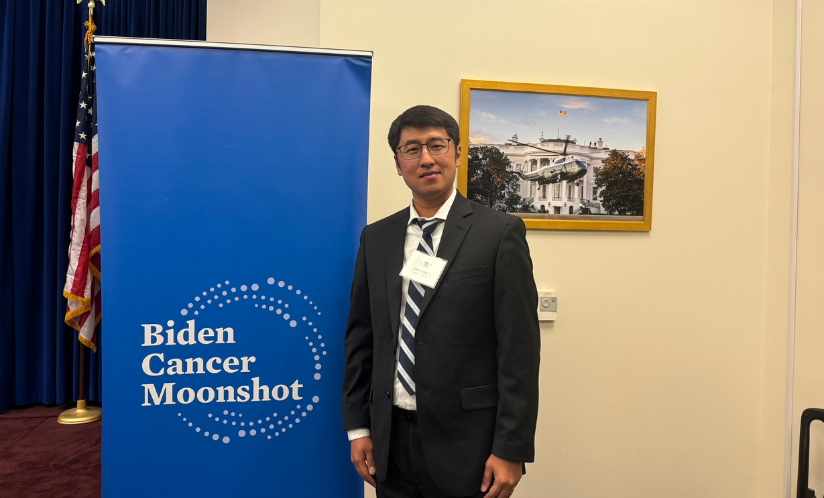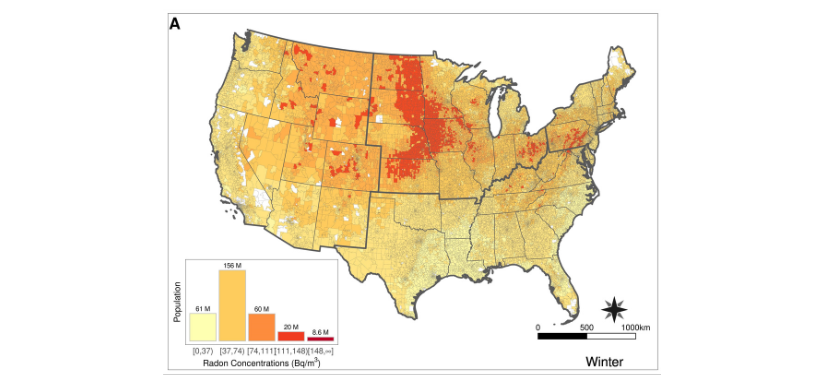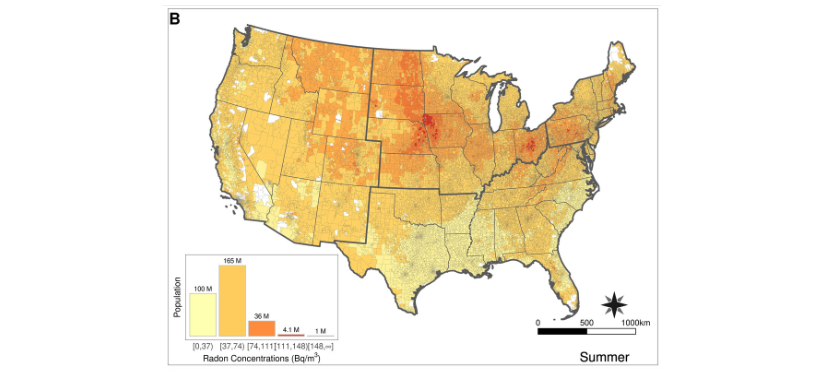Improved Radon Maps Can Help Prevent Lung Cancer in the U.S.

Radon exposure is the second leading cause of lung cancer deaths in the United States. The odorless, invisible gas is naturally released from soil, rocks, and water, and can build up in homes when it enters through cracks in the foundation.
Increasing awareness and prevention of radon exposure have been goals of the Biden Cancer Moonshot initiative in recent years. In November, the White House convened a roundtable of radon researchers to share their expertise, including Longxiang Li, ScD, assistant professor of environmental health at Emory’s Rollins School of Public Health. Li shared insights from his efforts to update nationwide radon concentration maps, which were recently published in Proceedings of the National Academy of Sciences of the United States of America.

What They Found
Li, along with collaborators at Harvard T.H. Chan School of Public Health, used millions of radon measurements done between 2001 and 2021 as part of building inspections to build a high-resolution map of community-level radon concentration. They found that about 25% of the U.S. population faces radon exposure that is above the “action level” set by the Environmental Protection Agency (EPA), meaning that their homes need to be evaluated and fixed to minimize continued exposure.
What the Experts Say
“In the past 20 years, there have been some state programs to collect radon data, but it is mostly handled by radon laboratories in the private sector. We developed this high-resolution radon map to provide updated, ZIP-code-level, month-to-month data. This can help the federal government improve their regulations,” says Li.

Taking Action on Radon Exposure
If you live in an area with a high community-level concentration of radon, the most important thing you can do is test your home and make necessary fixes to reduce your radon exposure. The EPA published a guide to radon to help citizens understand their risk and the available resources, and state radon programs often offer free or discounted testing.